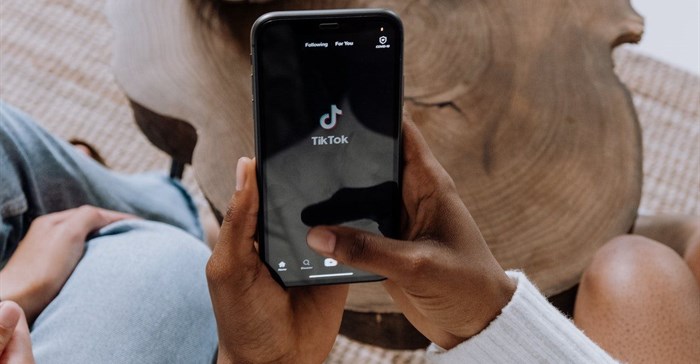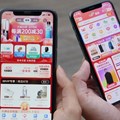With global e-commerce sales having grown exponentially over the last 10 years, but particularly over the last two Covid-impacted years, there has been a dramatic shift to social commerce, which uses networking websites such as Facebook, Instagram, TikTok and Twitter as vehicles to promote and sell products and services. For example, in the United States, social commerce sales are expected to reach over 7.8% of total e-commerce retail sales by 2024.
“Research shows us that about half of all adults in the USA made a purchase via social media in 2021,” says Sam Wilson-Späth, Woolworths head of digital and social media. “Social media advertising has long been a significant contributor to our bottom line contributing meaningfully to our web traffic each month and we are now focused on making those experiences as inspiring as possible.”
With over 3.5 million followers across seven social media platforms, Woolworths boasts the largest combined social following of any retailer in South Africa. According to the company, the #woolworthssa hashtag has generated over 10 million TikTok views to date, while customers have tagged the retailer in 44,000 Instagram posts this year alone.
Platforms as extensions of the marketplace
While South Africa lags the rest of the world in terms of social commerce adoption, Woolworths says it plans to leverage its dominance in social media to take advantage of the inevitable growth of this sales channel. The retailer has made significant investments into its online capabilities, including several alterations to its digital advertising and retail strategies, with a priority on expanding its sales channels to popular social media platforms like TikTok and Instagram.
“Social commerce is predicted to grow three times as fast as traditional e-commerce by 2025,” adds Wilson-Spath. “Retailers need to focus on connecting social media recommendations into a seamless path to purchase, she adds.
“Take TikTok for example: we have a team constantly analysing the SA conversation on the platform, creating curated online baskets to enhance the #tiktokmademebuyit phenomenon. And that’s just the beginning: partnerships with those influencers are developing organically at a really exciting pace,” says Wilson-Spath.
On its social platforms, Woolworths aims to lead with immersive brand storytelling and visually arresting images. Viewing its social media platforms as an extension of its marketplace, Woolworths has, for example, applied this thinking to virtual try-ons, allowing customers try on their make-up products virtually on Instagram, with the option to purchase straight from the platform - a first in South Africa.
The retailer has also trialled a “phygital” solution, integrating its social commerce capability with its physical presence through an in-store InstaShop, letting shoppers browse their digital friends’ Woolies faves on Instagram, while having a physical browsing experience.
According to Liz Hillock, head of online at Woolworths; “Digital is an accelerator of growth that is shaping everything we do – from building deep connections to customers and communities, to driving sales across both digital and physical channels.
“Our brand extends far beyond our stores, web or app platforms, into what is essentially a customers’ chosen social marketplace. Showing up as relevant within each channel is critical, and we dedicate a lot of focus towards engaging with our customers and creating really compelling content for our customers to enjoy.”
What’s next?
“Social shopping is the new norm and retailers should be including that shift in their omnichannel strategies. While the mainstream use of Near Field Technology (NFT) or immersive metaverse shopping is still to be seen and, at times, gimmicky, we are already seeing conversational commerce and user-generated content taking centre stage, while virtual reality, such as Woolworths virtual beauty try-on, enables increasingly immersive brand experiences that make a difference to customers lives.
“We predict a significant rise in live-stream shopping opportunities in South Africa, and as the technology becomes available to us, Woolworths intends to continue to lead in social commerce and be at the forefront of this phenomenon,” concludes Hillock.













































